
This content is protected against AI scraping.
Hi, friends! Today, I’m tackling a question a couple of readers have asked me lately:
How can I get better at description?
This is a great question!
First of all, I’ll talk about why descriptive writing is important. It’s not only to make sure your novel is actually a full-length novel and not a novella, although some people who come to me and say, “Help! My novel is too short!” do have trouble with description. Description serves a few different functions in the story.
Description helps people get lost in a different world.
One of the reasons we love reading so much is that we enjoy the escape. If we’re going through a difficult or boring time in our lives, it can be nice to slip away to a whole other place…whether it’s a charming small town, an luxurious mansion, a foreign city, or a hostile planet.
Good description helps transport readers to other settings. It stimulates their thinking, so their imaginations fill in some of the details.
Description helps people make a strong connection to the characters.
If readers can envision a character in their heads, that character becomes more real to them, which is why physical descriptions are important. And if readers know about a character’s facial expressions, body language, and physical reactions, they develop more empathy for that character. Sometimes, the character almost feels like a friend.
Description gets people involved in the events of the story.
Whether your scene is an epic battle or a child’s dance recital, good description will keep the reader engaged.
That’s why descriptive writing matters, and that’s why I suggest keeping a description journal.
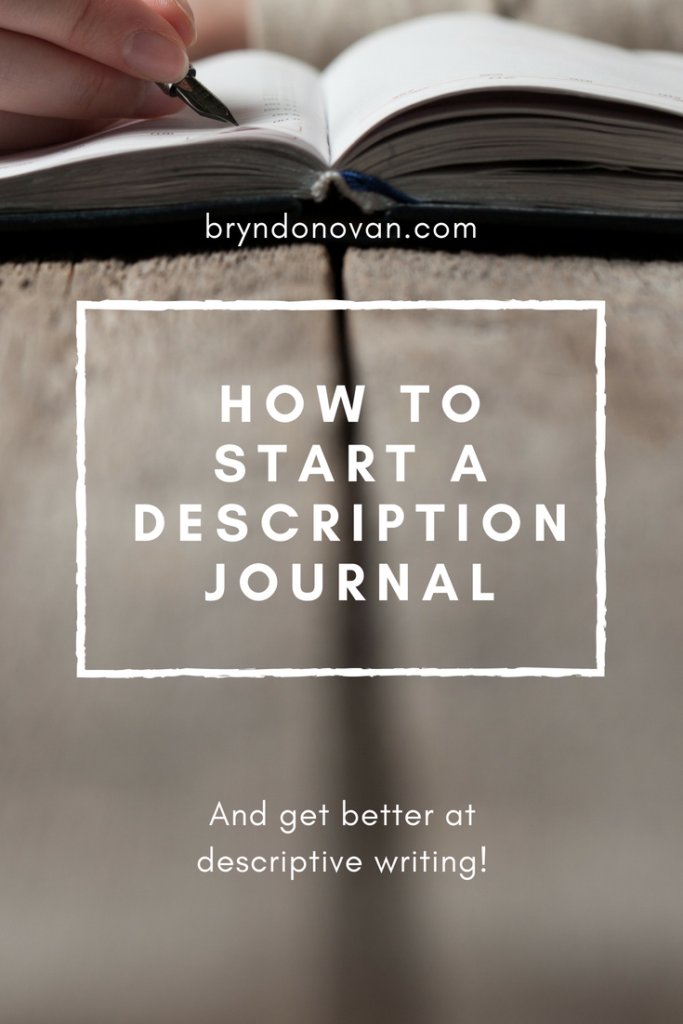
This is something I’ve just starting doing myself. A writer can always get better at description, and I think it’s a good way to keep my creative juices flowing.
You can get a designated notebook or journal. There’s almost nothing more fun for me as a writer to pick out a new journal, and just the act of doing that can set your intentions of becoming better at description.
However, you can also use a designated section in a planner, if you use one, or a note-taking app on your phone. You want something that you can have with you most of the time.
What Do You Write In a Description Journal?
Here are a few exercises!
Describe your surroundings.
Whenever you’ve got a few minutes to kill–in the waiting room at the dentist’s office, in a classroom, at the bus stop, wherever–describe your setting: what you see, what you hear, and even sensations such as uncomfortable seats or chilly air. Include smells, too. (As a bonus, if you sometimes struggle with anxiety, you may find this exercise to be calming and grounding.)
If you’re feeling more adventurous, go to new places–a trail in the woods, a historic home that’s open for tours, a small business, a cemetery, or anywhere you like–and describe them.
Practice makes perfect, and describing real-life settings will help you when you need to write a description of a setting in your story.
Describe TV characters.
Listen, if you stare at people and write in your journal, it may make them uncomfortable. So if you’re going to describe real-life people you see in public, you need to be sneaky about it.
Characters on TV is don’t mind if you stare at them. Choose characters of different ages, with very different looks and styles. (You can also get some help with physical descriptions right here.)
Copy great descriptions in books.
You’ve probably heard before that writers need to read a lot, and that’s true. When you come across a great description in a book–it could be a setting, a character, a fight, a group activity–copy down a paragraph or two into your journal. Obviously, you’re never going to steal from another writer. But copying passages down in your journal will give you a good sense of how description is done and expand your ability as a writer.
You can probably think of other ways to use a description journal as well, but this is a good start! And honestly, if you’ve had writer’s block lately, or if you haven’t written in months — or years — this is a great way to get back in the game again.
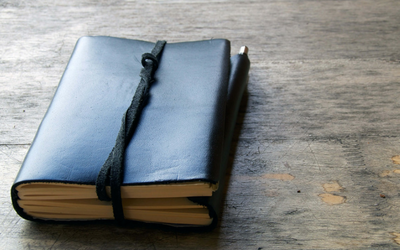
Do you have any advice for becoming better at descriptive writing? Is it something that comes naturally to you, or do you have to work at it? Tell us about it in the comments! I always learn so much from the comment section.
Thank you for reading, and happy writing!




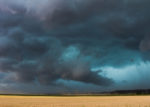



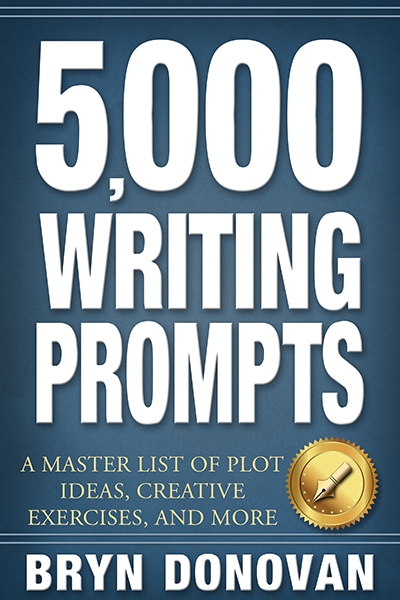
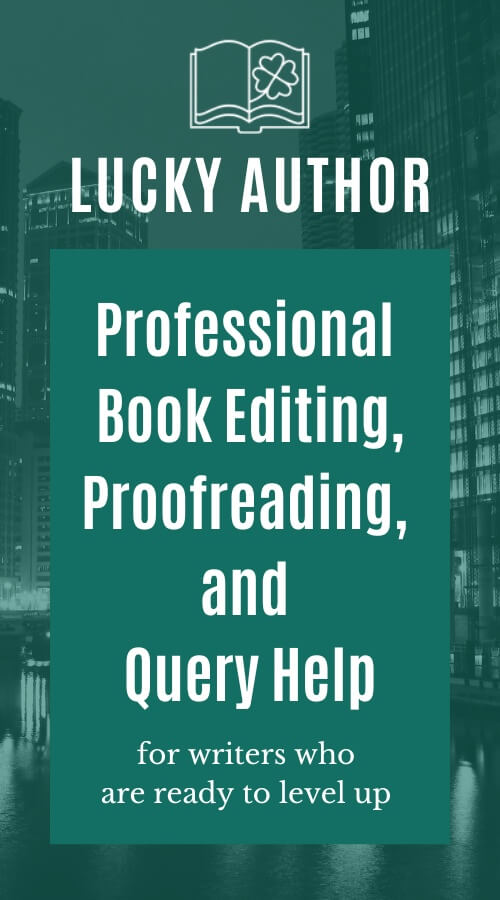


I love this idea! I’m going to do it. I have a couple of new TN notebooks on the way, I’ll use one of those. 🙂
Yay! Bring one to California 😀
Thank you so much for sharing this. I get so stuck and frustrated at times trying to describe a character’s feeling or even how they look. The worst of them all is describing a location or a setting. Thanks once again.
Hi, Bosede! I’m so glad it was helpful. I hope it works for you! Happy writing!
I am defo doing this. I have more journals than I can use! 😀
Yay! I hope you like it!
This is a great idea, thanks.
So glad you think so, Carlene! Thanks for commenting!
A description journal is a great idea.
I’ve always found the description side of writing the hardest to do and I confess that I didn’t think I was that great at it.
It’s something I focus on once the first draft is written. Surprisingly enough, reviewers have praised my descriptions and world building, so I guess my approach seems to work!
Hi, Suzanne! Isn’t that funny that something you worried about turned out to be a strength. 🙂 I do a lot of fleshing out of descriptions in draft 2, too!
Thanks for the kind words!
This is a great suggestion. I have a tendency to write in dialogue, then go back and fill in descriptions. Like Suzanne, I didn’t think I was very good at it, but the members of my critique group indicate otherwise.We are all women, so I was encouraged when they said they are in love with the deputy sheriff, they have sympathy for the jerk, they understand my main character’s battle with herself, and they love the little town I imagined. One of the members said she wanted to pack her bags and move there.
In spite of all that, I struggle with descriptions. I work at it. Keeping a journal as you suggest, might make a big difference. I use the notes app on my phone a lot, but I think a journal would work better for me.
Thank you, Bryn, for another excellent suggestion.
This is an awesome article. Thanks for the idea. I really need to improve on my descriptive and physical descriptive writing.
Dear Bryn – always a good subject! I keep a notebook of passages I run across when I am reading that I think are wonderfully descriptive, or unique, or makes me feel a certain way (good and bad – but mostly good). Then, later, when I have a few minutes, I write down what struck me about what I read, an analysis of sorts. Sometimes when I’m stuck, I’ll just scan it for impressions or distraction. Truly, a good thing to have and a great resource. Thanks as ever for bringing up these marvelous topics.
Thank you for this suggestion, descriptions plus dialog are my weakest writing.
Deb
You’re so welcome! I hope it works for you!
Hi! I just found this blog and I am just stunned by the generosity of it, Bryn! I am almost done writing my novella now, and I think that the most crucial thing when I wrote my journal was to write thorough descriptions of people. Not just one or 2 details, but the mannerisms, facial features, tone, if I could overhear them at a cafe (no, I am not a stalker.lol) In the bid to make a cohesive character, I reckon the traits should somehow flow, and that I found to be best drawn from thorough description, if that makes sense.
Hi, M! Oh, thank you so much for the kind words—I really appreciate that! I laughed at “no, I am not a stalker”—I think a lot of us writers can relate, haha.
Is it weird that when I was reading: ‘If you stare at people and write in your journal,It might make them feel uncomfortable’ I actually screamed nooooooooooo! Because I am a a Stalker
When reading another novel, I like to study scenes and come up with different ways to describe the scene. It helps me in describing people, places, scenes, ect..
Brenda, I think that’s brilliant. It’s something I should do more often!
This article is a great find! I discovered it after listening to video two of your YouTube series “Blank Page to Novel” which I am also loving.
I am just starting my first cozy and descriptive writing is the weak link for me. At this point i am just working on all the pieces in outline and character building so this is an awesome idea to jumpstart some bits of writing.
Very excited to have found your site!